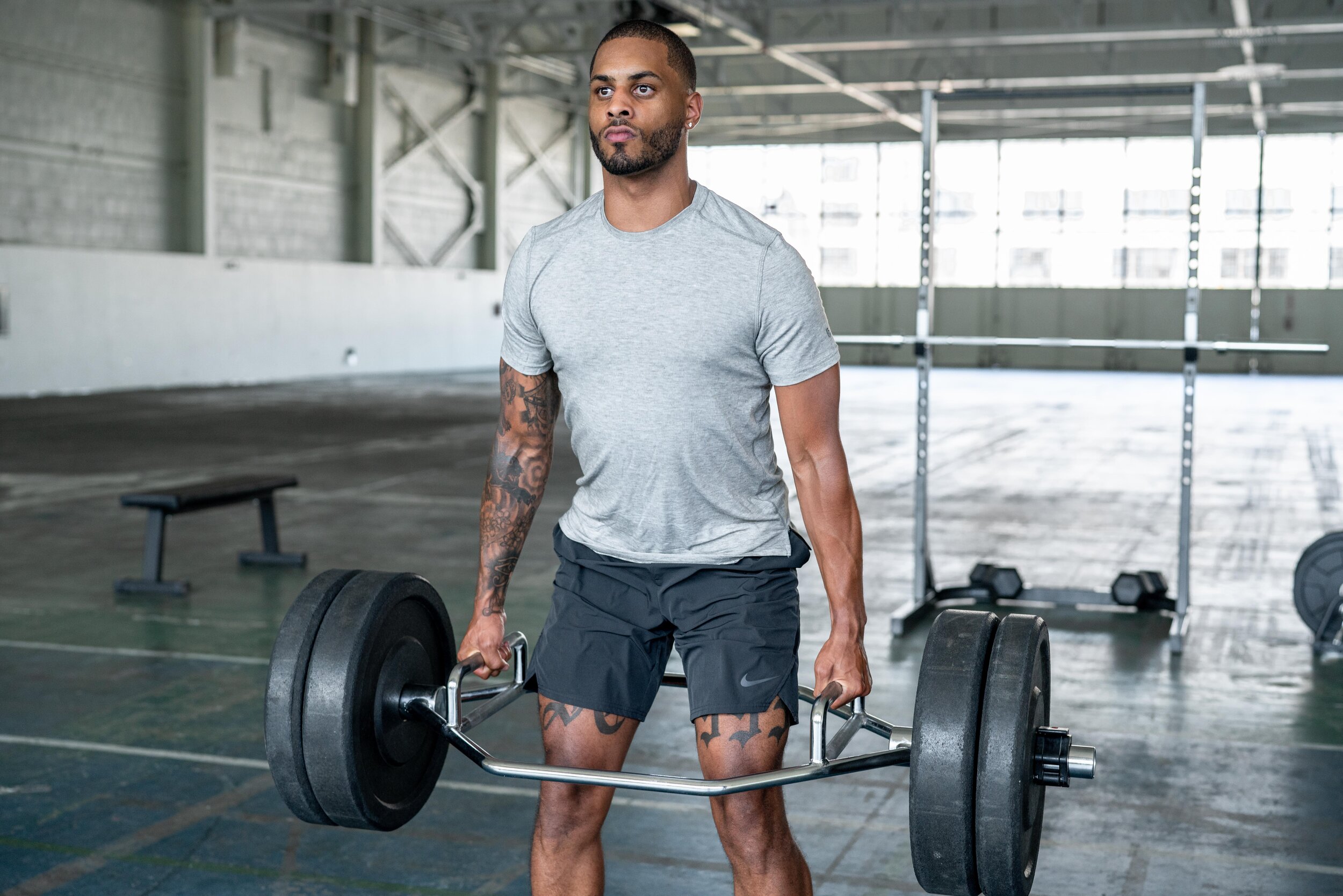Are You Ready for the ACFT?
/The ACFT is a game-changer, and we’re here to help. Here’s what you need to know to start preparing.
October 2020 marks a serious shift in the fitness culture of the US Army. The APFT (Army Physical Fitness Test), the Army’s relied-upon physical fitness test for all soldiers, will officially be retired and replaced by the ACFT (Army Combat Fitness Test). Since 1980, soldiers needed only a pair of running shoes to prepare themselves for their assessment of physical readiness. The days of simplistic running, push-ups, and sit-ups are coming to an end. Until this change takes effect, the pathway for physically preparing yourself for service required practicing only three movements. No gym was required and rarely would recovery become an issue due to the low stress on the (limited) muscle groups. Each test element essentially focused on endurance, allowing for plenty of compatibility between tests and the fitness adaptations they targeted.
While the APFT was utilized for its relative simplicity, it did not provide an accurate assessment of the broader needs of physical fitness for the modern battlefield. Combat zones have only become more physically intensive, and require more nuanced testing for total body strength and power. A soldier could score highly on the APFT but still be relatively unfit for the demands of combat. Introducing the ACFT incentivizes the modern soldier to build strength and conditioning levels using means and methods that are akin to athletes in traditional competitive sports. By increasing the breadth and depth of assessing a soldier's readiness, there is inevitably more demand for the soldier to start that preparation sooner than later. This change adds a new onus on the aspiring soldier to develop a proficiency in strength training, dynamic core strength, and robust endurance.
For the newest generations of soldiers, there is no time to waste to start learning the skills to successfully pass the ACFT. Each component of the new test is distinctive to a component of fitness that must be developed independently of the others. Soldiers must now contend with new barriers, including limited access to equipment and more.
Equipment Access
The most immediate barrier for soldiers in their preparation is the need for specific equipment. The equipment demands for the ACFT are a trapbar, kettlebells, medballs, pull-up bar, and a weight sled. While there are performance centers that supply this equipment, they are usually more pricey than gyms who serve more general fitness populations. Gyms that are more affordably priced will rarely have all the equipment utilized in the ACFT. It’s imperative to soldiers looking to maximize their success on the new test to track down the appropriate equipment.
Practice the Skills
The ACFT requires skilled and technical execution of more complex movements. The only way around this obstacle is through diligent practice. Each movement in the test can be broken down to more simple elements that can help to stair-step your ability as you progress in your goals. Breaking the movements down to more fundamental aspects can make them more approachable and give you room for more regular practice.
In our upcoming #VoltAcadamy series, we’ll break down each movement in the test and ensure you have a full understanding of how to achieve your goals and pass the ACFT.
Build a Plan
The ACFT places a larger knowledge gap between the soldier and the test than what was present in the APFT. The introduction and commitment to the new standard of testing has traded the ease of implementation for a higher demand on logical and planned preparation. Between the six tests, soldiers must manage the development and retention of several training qualities, all of which require intensive and focused practice to be sufficiently expressed on the battlefield. Trying to train for them ALL at once can lead to burnout and overtraining. Implementing a proper training plan that targets the development of fitness qualities in the appropriate sequence can help reduce that risk, but determining that plan requires significant knowledge of strength and conditioning to apply effectively.
Your Solution is here…
Ultimately, these barriers are all overcome with access to a strength and conditioning coach, or a structured training plan, like Volt’s Tactical Training program. Answering these problems is the precise role that a strength coach can play for soldiers looking to optimize their fitness. The design and modification of an individualized training plan is not a matter you want to guess your way through. These tests require practice, coaching, and progressive development. With the modernization of fitness testing, soldiers must also modernize how they prepare.
Join over 1 million coaches and athletes using Volt's AI-powered training system. For more information, click here.











